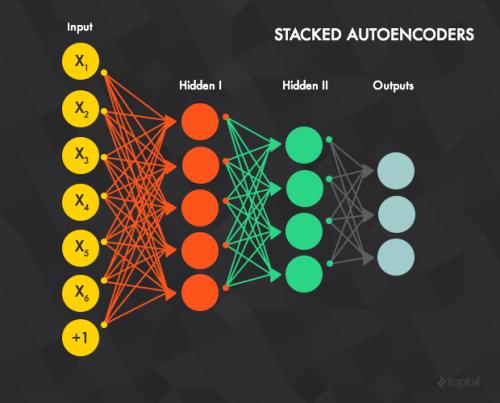The learned weights of a neural network have often been considered devoid of scrutable internal structure. In this paper, however, we look for structure in the form of clusterability: how well a network can be divided into groups of neurons with strong internal connectivity but weak external connectivity. We find that a trained neural network is typically more clusterable than randomly initialized networks, and often clusterable relative to random networks with the same distribution of weights. We also exhibit novel methods to promote clusterability in neural network training, and find that in multi-layer perceptrons they lead to more clusterable networks with little reduction in accuracy. Understanding and controlling the clusterability of neural networks will hopefully render their inner workings more interpretable to engineers by facilitating partitioning into meaningful clusters.
翻译:神经网络所学到的重量通常被认为缺乏可分辨的内部结构。 然而,我们在本文件中寻求以可分类化的形式建立结构:一个网络能如何很好地分为神经元群群,具有很强的内部连通性,但外部连通性薄弱。我们发现,受过训练的神经网络通常比随机初始化的网络更容易分组,而且往往比具有相同重量分布的随机网络更容易分组。 我们还展示了在神经网络培训中促进集群化的新方法,并发现在多层感应器中,它们导致更加集群化的网络,而准确性却很少降低。 理解和控制神经网络的集群性,希望通过促进分解成有意义的集群,使工程师更容易理解其内部工作。




